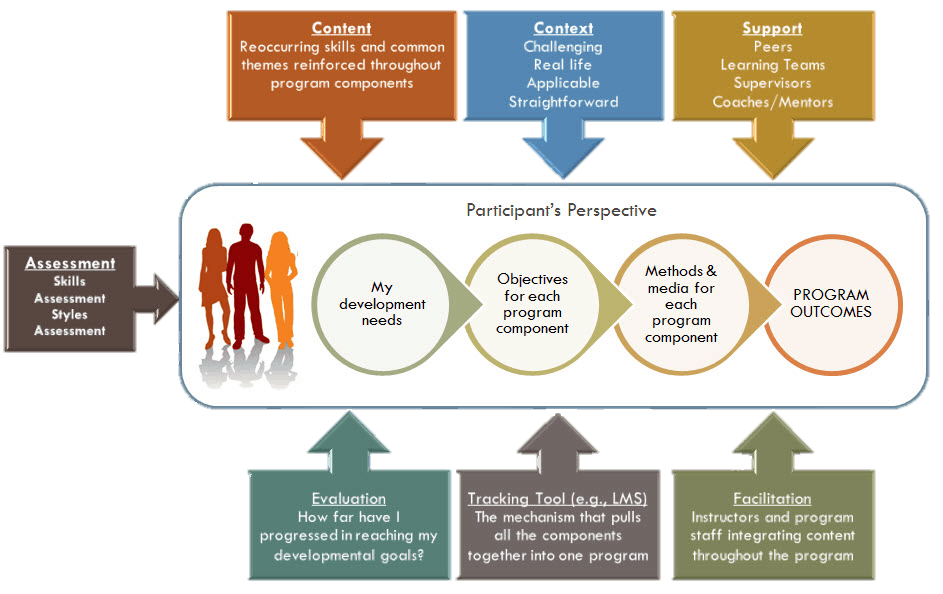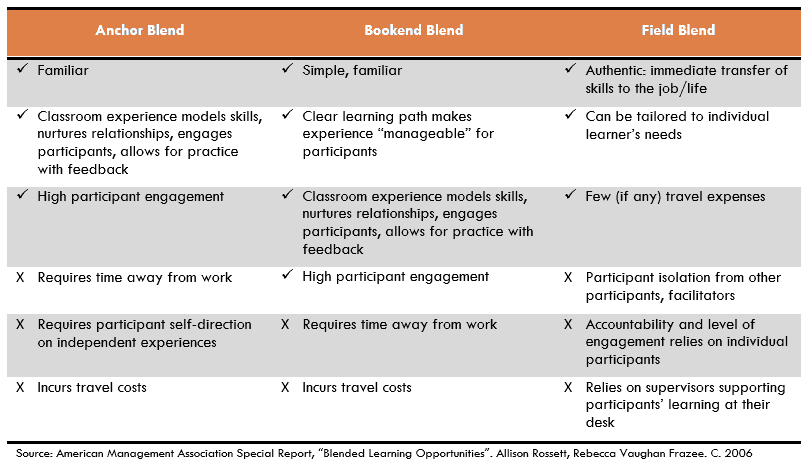Trends in Employee Engagement
What we learned from listening in 2018
By Terri Harrell, M.A.
A couple months ago, while working with a top leadership team in the Federal Sector, I had an “ah ha” moment relating to how leaders view engagement. This occurred when feeding back data and helping leaders understand the concept of listening and empathizing. To illustrate the concept, I told a story about facilitating a group of emerging professionals at their first ever professional conference.
The story goes…There were multiple classes occurring at the same time and when it came time for break – meaning soft drinks and cookies were put out – we were in the middle of debriefing an activity. By the time we were finished and took our break, all the cookies were gone. When participants came back, they were angry that all the cookies were gone and that their counterparts took them all without any thought about others. As a facilitator, I wanted to move on and get back to our agenda. That was not happening. I struggled for about 10 minutes with content but all I got back was griping about cookies. I felt exasperated, but as I was teaching listening, I realized that I was not practicing what I preached. I then put myself in their shoes and empathized with them. I didn’t take responsibility for the cookie incident, but we did discuss it and I empathized with them about missing out on something that they don’t ever get. We talked about ways to both accomplish our objectives and break on time. We then got on track and finished the day on time.
When I finished my moving story about the power of empathy, the first question the leadership team asked was, “Did you buy them more cookies?” I responded that it never entered my mind to buy them cookies. And asked them what they would have done. They said it was their job to make sure their employees are happy and therefore would have scrambled to get more cookies if that’s what they wanted. When I explored this further, it came to light that the leaders were equating happy employees to engaged employees.
Does happiness equal engagement?
Does happiness equal engagement? Not necessarily. So, how do you increase employee engagement? First you have to separate the concepts of employee engagement and employee satisfaction. Where satisfaction looks at how happy and content the employee is in their current job, engagement looks at how committed employees are to the organization, its mission, goals and objectives and overall success. Engagement is outward facing, commitment to the greater good, while satisfaction is inward facing, commitment to self. So, buying cookies could lead to employee satisfaction but not necessarily to engagement. Of course, certain conditions that lead to satisfaction also need to be present for engagement. In other words, it would be hard for a dissatisfied employee to be highly engaged.
According to recent studies done by Newmeasures, one of the biggest factors in increasing employee engagement is “having a mindful organization strategy for listening to employees.” With the current landscape of low unemployment, competition for talent, and the need for diversity and inclusion in the workplace; it has never been more important to organizational success to provide a platform for employees to voice their ideas and concerns and to work, alongside leaders, to improve upon business strategies.
If you consider the top reasons employees stay with their organization – making a difference; their team, including their direct supervisor; and opportunities for growth – none of these can be achieved without the organization listening to employees. In his book, Nine Lies About Work, Marcus Buckingham discusses the need for leaders to have weekly check-ins with each employee to hear what their week entails, their ideas about the work, and how to achieve the goals of the week. Buckingham refers to it as “helpful attention to employees and their work.” These check-ins become one aspect of an organizational platform for listening.
Employees are 19 times more engaged when they feel listened to
Furthermore, in the same Newmeasures study, the most common engagement drivers of 2018 – providing employees with growth and development opportunities; leadership; and giving employees a voice – the art of listening is directly tied to increased engagement. Specific findings include:
- Employees who had a meaningful conversation with their boss about their development were 4 times more likely to be engaged
- Millennials are 7 times more likely to stay at a job when they feel listened to
- Overall, employees are 19 times more engaged when they feel listened to
With the data from Newmeasures’ report entitled Trends in Employee Engagement, it’s clear that that employees want a venue to be heard and then to act in partnership with their leaders. They want leaders to listen and to understand the work from their frame of reference, not for leaders to fix everything for them or to make them happy.
While there are many aspects to creating an engaged workforce, ensuring employees have a voice is a good place to start.
To learn more about engagement strategies and how to improve your organization, contact us.
For more information on Newmeasures and their study, visit http://newmeasures.com/2019-trends-whitepaper-lp/



